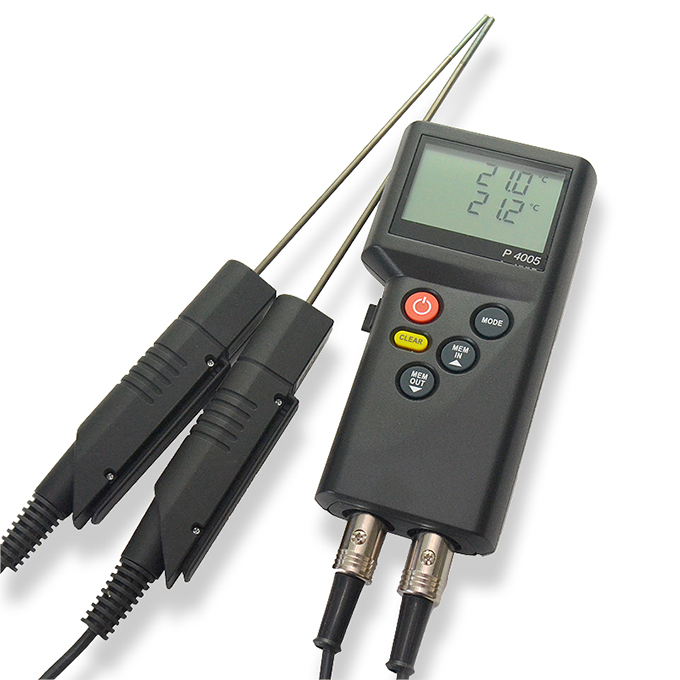

PT100 Temperature sensor probe
Temperature is the physical quantity of the degree of heat and heat of the body. It can indirect measurement through some characteristics (such as resistance, voltage changes and other characteristics such as resistance, voltage changes) by objects. Change and have good reproducibility and stability. The sensors made of platinum using this physical characteristics of platinum are called platinum resistance temperature sensors . U> Platinum resistance temperature sensor zero -degree resistance value is 100Ω, and the resistance change rate is 0.3851Q/℃. Platinum resistance temperature sensor High accuracy, good stability, wide range of temperature range, is the most commonly used temperature detector in low temperature zone (-200 ~ 650 ° C), Not only is it widely used in industrial temperature measurement, but it is also made into various standard thermometers (covering national and world -reference temperatures).
Platinum resistance temperature coefficient TCR according to IEC 751 international standards, temperature coefficient TCR = 0.003851, PT 100 (R = 100Ω), PT 1000 (R = 1000Ω) are unified design Type platinum resistor. TCR = (RM 0-R) /(R, × 100) < /p>
PT100 temperature sensor probe stability
There is a good long -term stability. The typical experimental book is: 300 hours at 400 ° C, and the maximum temperature drift at 0 ° C is 0.02 ° C.
Protector
The role of the protective tube is to protect the temperature sensor temperature sensor sensor, which does not make it directly contact with the measured medium, avoiding or reducing the erosion of harmful media, flushing and radiation of flames and airflows, and mechanical damage. The role of sensor temperature sensor. In slight corrosion and general industrial applications, 304 and 316 (316L) are the most widely used stainless steel protection pipe materials. In my country, due to consideration, 321 stainless steel is also used in large quantities.
Response time
When the temperature step changes, the output changes of the temperature sensor to 50%of the amount of range change are called the heat response time, and T. express. Affect T. The factors are related to the protection of pipe materials, diameter, and wall thickness, and it is also related to its structural form, installation method, depth of entry depth, and the flow rate of the measuring medium.
Insulation resistance
The test voltage of the normal temperature insulation resistance can be taken for a DC 10 ~ 100V any value, and the ambient temperature is within the range of 15 ~ 35 ° C. The relative humidity should not be greater than 80%.
The resistance value of normal temperature insulation should be greater than 100mq.
Nominal pressure
Generally, at normal temperature, the static external pressure that the protection tube can bear is not broken. The size of the pressure value is closely related to the material, diameter, wall thickness, and weld strength of the protective tube. For example, a stainless steel pipe with a diameter of 4mm wall thickness 0.5mm. Conventional products can withstand 10MPa pressure. high pressure.
Comprehensive error
The main error source of the temperature sensor during the measurement process: the error of the sensor on the division table; the error caused by poor insulation; the error caused by the line resistance; the error of the measuring instrument, the heat transfer error, the corresponding error, the interference error, etc. Some of these errors only appear under certain conditions,
And through certain measures, it can be eliminated and reduced.

